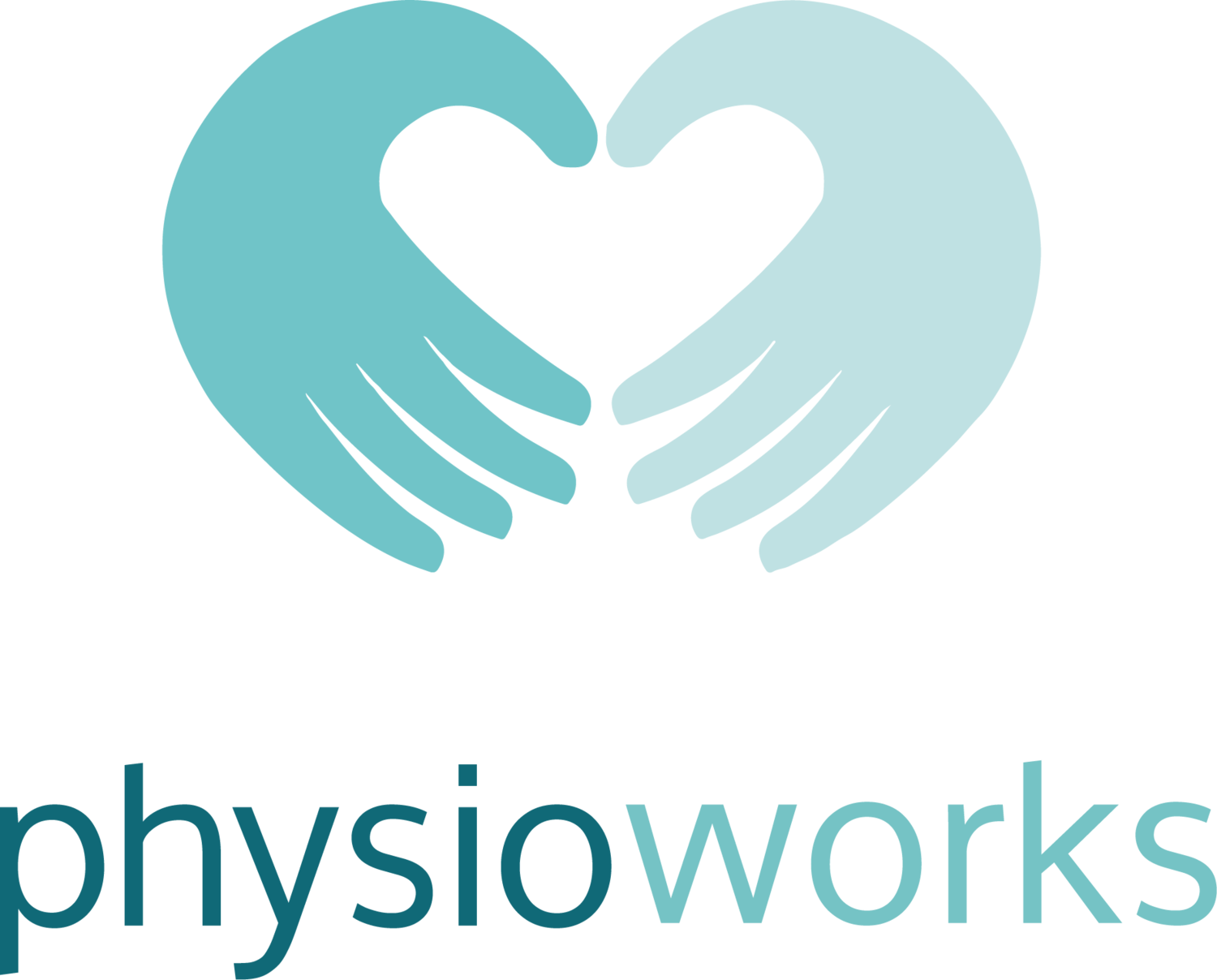

Dry needling is a form of myofascial trigger point therapy.
What is Myofascial trigger point therapy?
Trigger points are in lay terms the tight tender knots that you feel in the affected muscles that cause pain when you prod them. These knot can cause referral of pain to other parts of the body and mimic other conditions for example, sciatica. (Travell & Simons: Manual of Myofascial Trigger points).
Myofascial trigger points can be treated in a variety of different ways using physiotherapy technique's such as:
Soft tissue release
Manipulation and massage
Ultrasound
Heat/ice therapy
Dry needling
As a trained “Chartered” Physiotherapist I am skilled at identifying these myofascial trigger points and will on an individual basis and after a thorough assessment, decide which technique is the best suited to each individual.
What is Dry Needling?
Dry needling is recognised within the scope of physiotherapy. Although Dry Needling uses the same needles as Acupuncture, it is not the same technique. Dry needling is strictly based upon Western medicine principles of treating myofascial trigger points, which are different to traditional Acupuncture points.
Dry Needling is the insertion of a fine sterile, single use, acupuncture needles directly into myofascial (muscular) trigger points. Research studies have shown that inserting such needles into trigger points causes favourable biochemical changes within the body, which release the trigger points and help reduce pain. (Simons & Travell).
Pioneering studies by Dr. Jay Shah and colleagues have shown that inserting needles into trigger points cause bio-mechanical changes which alleviate pain. It is essential to elicit local “twitch” responses within the muscle (J.Shah).
The fine solid needle is gently inserted into the skin directly over the Trigger point local, You will feel a skin prick sensation and then nothing until we reach the muscle trigger point. Which can be a little way into the muscle.
The response we are looking for is a local ache and often a local twitch response is experienced, this is a good sign and is what the physiotherapist is looking for. It means the trigger point has been stimulated, increasing the blood flow to the area which helps to relax the muscle. When this local twitch response occurs, a brief local painful/electric shock response might be felt but it won’t last for more than a second.
At a treatment session the muscle might be treated in several points along its length . Immediately after dry needling, soft tissue technique's are used and stretches are performed, sometimes ice might be applied. Post treatment the treated area will feel much softer and relaxed and the person will feel looser. It is common to feel some soreness as with many manual therapy techniques, however, once this has subsided there should be an improvement in the initial symptoms. It may take several sessions to resolve the symptoms fully.
Typically soreness can last anywhere between 1 hour and 2 days post treatment.
Dry needling techniques can be performed on their own or can be combined with regular physio treatment.
What can I do after the treatment?
You may be advised to use heat or ice over the area after Dry Needling to help alleviate post treatment soreness.
There may need to be a temporary modification in exercise or activity for a day or 2 afterwards.
What can Dry Needling be used for?
Dry Needling can be the treatment of a number of musculoskeletal problems, for example:
Neck and upper back pain, including postural problems and tension
Arm pain (shoulder impingement's, tennis or golfer’s elbow)
Headaches
Back pain
Buttock and leg pain (including sciatic pain)
Hamstring strain
Knee pain
Calf tightness or cramps
These are only a few examples of conditions which can be treated with Dry Needling; there are many more. The treatment of muscles with this technique has a huge effect on reducing pain mechanisms and breaking down pain cycles.
Once I am better do I need to come back?
Our muscular system is always under pressure due to the daily stresses of work, activity etc. Regular exercise and good posture will help to avoid recurrences, however, if pain does start to return it may be beneficial to attend for an occasional “maintenance” session to prevent a flare up of symptoms.





